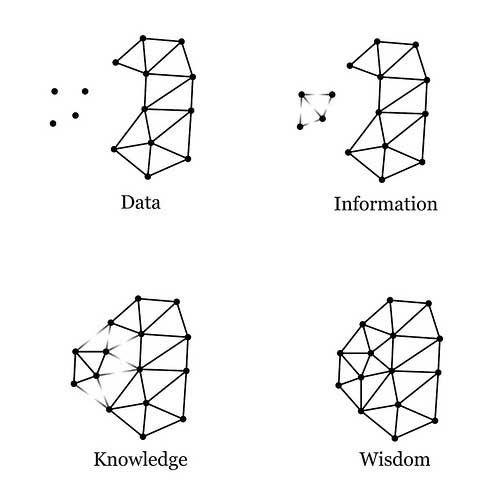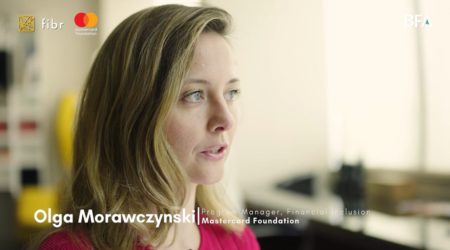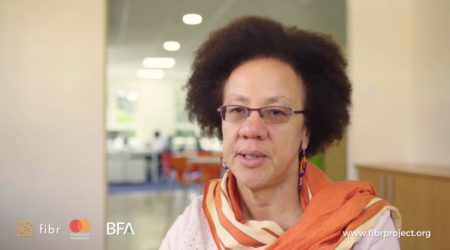Going from Data to Information
Source: Flickr

With a single smartphone, small business owners can go from completely opaque information to being inundated with raw business data. Not bad for a $50–100 investment in technology! However, the raw data alone doesn’t make a difference — it’s the actionable insights distilled from the data that matter. So how can we turn sensor data into information that shopkeepers can use?
We turn to Artificial Intelligence for this task, which would otherwise be too laborious for a busy micro-entrepreneur like Rosita, our corner shopkeeper. Luckily, data scientists in academia and the private sector have been making great strides in AI applications. Today, she doesn’t need a full team of tech experts, as there are several off-the-shelf options Rosita can use to turn raw data into structured information:
- Amazon’s Rekognition automatically assigns customers an identification number using facial recognition. Rosita could track how many customers enter her shop every day, for instance. New, intelligent cameras like Google’s Clips will make this task a breeze.
- Google Cloud Vision extracts text from receipts fairly accurately and at a very low cost ($0.001 per receipt!), and other options like Scanbot and Abbyy offer specialized tools for mobile receipts.
- Android Mobile Vision reads product barcodes and text.
- Captricity extracts information from forms and other structured documents with handwritten text while Dropbox’s Doc Scanner saves documents and extracts texts for searching and organizing.
- VisionWits, Planorama or Trax analyzes images of shelves, extracts measures of shelf effectiveness (i.e. out of stock, compliance with planogram), detects supplier merchandising, and describes the shop’s layout.
- Clarifai custom model can be trained to identify the products Rosita sells based on images, thereby doing away with the need for barcode scanners. Her competitors at Bodega.ai are doing just that!
- Google Cloud Speech (powers Google Voice) records conversations with customers and suppliers, creating texts that can be analyzed for meaning using Clarabridge.
Going from Information to Insights
Most of these technologies require a fast connection to the cloud, which might be too expensive or otherwise unavailable to Rosita. Fortunately, AI practitioners like Mobile Vision, Clarifai’s Mobile SDK, Android Speech, TensorFlow Mobile and OpenCV for Android are porting their platforms directly to mobile phones so they can run offline and in the palm of a user’s hand. These platforms will bring costs down even further, and alleviate privacy concerns.
As we’ve described above, Artificial Intelligence techniques could help Rosita create a substantial amount of structured information about her business with minimal ongoing effort. Although plugging one solution into another is not always seamless, if these solutions work together, Rosita could get a much clearer picture of her operations. With so much detailed information, where should Rosita go for advice and to get up to speed? What insights can be distilled and brought to Rosita’s attention? We’ll discuss the final part of the formula in the following and last blog post about Finbots as personal coaches.



